In 1348 the Black Death was ravaging London and land was bought by Sir Walter Manny on the edge of Smithfield; it was used as the burial ground for thousands of plague victims. Later, in 1371, the Charterhouse itself was built; it was a Carthusian monastery that survived throughout the Medieval and Tudor period.
When monasteries were no longer being used, the Charterhouse became a residence for wealthy noblemen and a place of refuge for royalty. Elizabeth I and James I were both known to have used the site. In 1611 Thomas Sutton purchased the building and land, and later created the foundation that still operates today.
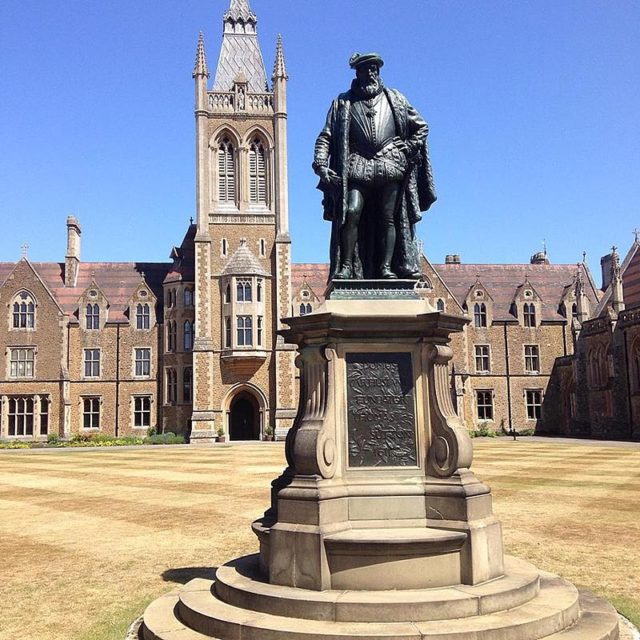
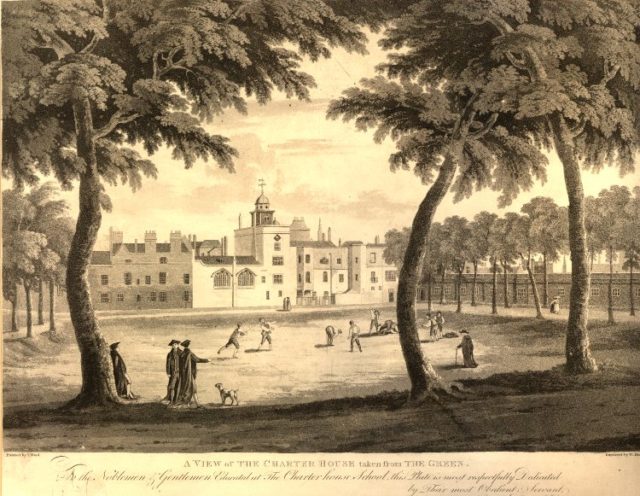
His foundation provided for up to 80 Brothers, old captains, maimed and disabled soldiers, merchants on hard times, and any other men whose lives were ruined by some calamity. It also provided for the Charterhouse school. James I became the first Royal Governor of Thomas Sutton’s foundation. The Charterhouse appears in writings, notably that of Daniel Defoe, William Makepeace Thackeray, and Charles Dickens. The school moved to Godalming in 1872, but the Brothers have remained at the Charterhouse.
The Brothers are chosen from a wide range of professions and need to be over the age of 60 and in need of social and financial support. They must be in good health as they need to be able to live independently but should want to live together with others in a community with a few rules. The accommodation for them is private, but they dine together in the Great Hall. Many of the Brothers contribute to the Charterhouse by giving their time in various ways. Women are now able to apply here as well. Only 40 Brothers live here at any one time now. The Charterhouse is predominately an alms-house, but it also owns private residences and commercial properties. All of these private properties are available for rent.
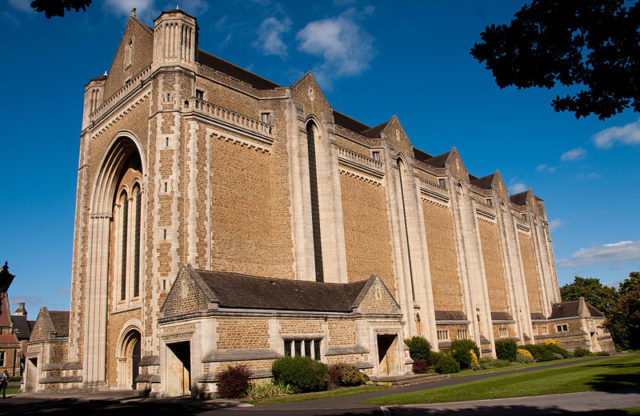
The Charterhouse now has a museum which houses the founder’s tomb and has one of the 13 victims of the Black Death plague on display in a glass cabinet. They were accidentally unearthed when the Crossrail project engineers dug a 5.5 m shaft. The corpses were forensically analyzed, and it was found that four of the remains had traces of the Yersinia pestis (the Black Death) DNA in their teeth.
The graves themselves were dated to 1348-50. There had been records stating that thousands of Londoners had died and a mass grave was used, but no one knew where. With this find, archaeologists believed that the Charterhouse land is a possible location. The remains have been studied in depth, and many of the skeletons showed signs of malnutrition. There was a high rate of back damage, indicating they were used to doing heavy manual labor in life, The Guardian reported.
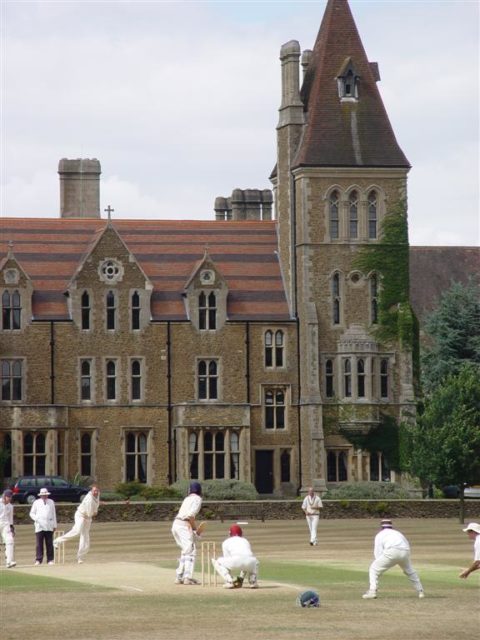
The DNA of the plague is being studied as this infection still kills people today– approximately 2,000 people a year. Without any antibiotic treatment, it kills in four days. There was a lot of discussion about displaying the Black Death victim to the public. In the end, it was considered appropriate, as the burial grounds were the first use of the land before the Charterhouse was built. It is thought that a staggering 55,000 Londoners are buried on the grounds. In partnership with the Museum of London, the 600 years of history of the site and buildings is shown in the new Charterhouse Museum.
Evidence show that it was not all that peaceful over the years; it was hit by a bomb in the Blitz, and the Charterhouse Monks in 1538 decided not to recognize Henry VIII as head of the church, so they ended up being hung, drawn, and quartered for their political and religious stance.
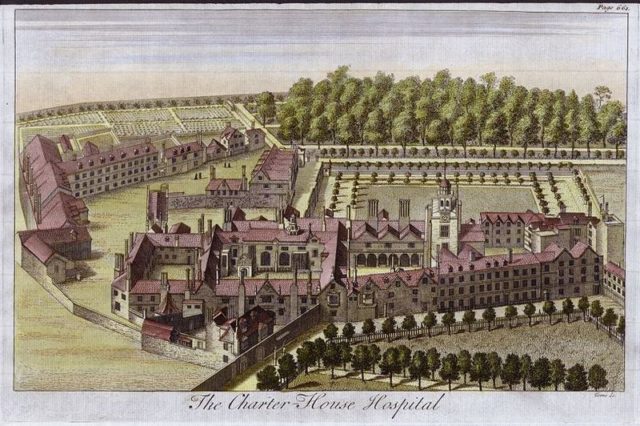
The modern Brothers have contributed a display case so people can see about their daily lives, and they have included examples of their daily menus. Today, the Brothers are not monks, and they have included ticket stubs in the case for the ballet shows and concerts they have attended to show that they do get out and about.
The museum and chapel will be open six days a week. For those who wish to see the stunning gardens, these are open only one day a month. Further details can be found on the Charterhouse site.
